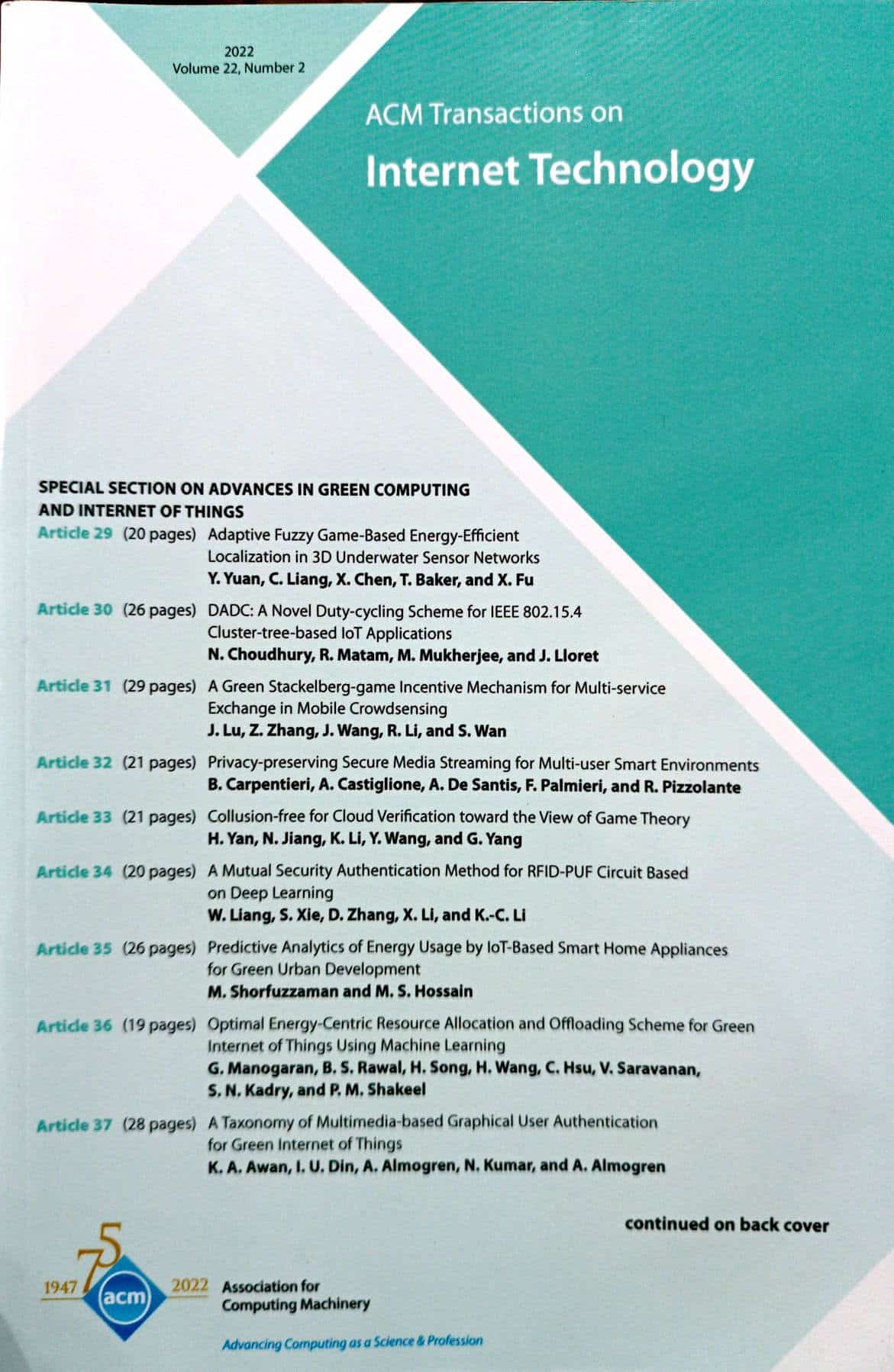Conco ERNIE:智能医疗认知机器人的复杂用户意图检测模型
IF 4.1
3区 计算机科学
Q2 COMPUTER SCIENCE, INFORMATION SYSTEMS
引用次数: 0
摘要
新冠肺炎的爆发暴露了医疗资源的缺乏,尤其是医务人员的缺乏。这导致了医疗服务的时间和空间限制,患者无法随时随地获得健康信息。基于医学知识图谱,医疗机器人通过人机对话的方式为患者提供诊断指导、诊断前和诊断后咨询服务,有效减轻了这一负担。然而,医学话语在语言结构上更为复杂,在语义上也存在着复杂的意向现象。检测患者话语的单一意图、多意图和隐含意图是一项挑战。为此,我们创建了一个高质量的注释中医查询(话语)数据集CMedQ(医学领域中约有16.8k个查询,包括单个、多个和隐含意图)。通过传统的文本分类模型很难检测出对如此复杂的数据集的意图。因此,我们提出了一种新的检测模型Conco ERNIE,使用概念共现模式来增强预训练模型ERNIE的表示。这些模式是使用Apriori算法挖掘的,并将通过Node2Vec嵌入。他们的特征将通过使用注意力模块与语义特征聚合到Conco ERNIE中,该模块可以捕捉用户的显性意图,也可以预测用户的隐性意图。在CMedQ上的实验表明,Conco ERNIE在基线上取得了卓越的性能。基于Conco ERNIE,我们开发了一个智能医疗机器人MedicalBot。为了为MedicalBot提供知识支持,我们还构建了一个中文医学图CMedKG(约45k个实体和283k个关系)。本文章由计算机程序翻译,如有差异,请以英文原文为准。
Conco-ERNIE: Complex User Intent Detect Model for Smart Healthcare Cognitive Bot
The outbreak of Covid-19 has exposed the lack of medical resources, especially the lack of medical personnel. This results in time and space restrictions for medical services, and patients cannot obtain health information all the time and everywhere. Based on the medical knowledge graph, healthcare bots alleviate this burden effectively by providing patients with diagnosis guidance, pre-diagnosis, and post-diagnosis consultation services in the way of human-machine dialogue. However, the medical utterance is more complicated in language structure, and there are complex intention phenomena in semantics. It is a challenge to detect the single intent, multi-intent, and implicit intent of a patient’s utterance. To this end, we create a high-quality annotated Chinese Medical query (utterance) dataset, CMedQ (about 16.8k queries in medical domain which includes single, multiple, and implicit intents). It is hard to detect intent on such a complex dataset through traditional text classification models. Thus, we propose a novel detect model Conco-ERNIE, using concept co-occurrence patterns to enhance the representation of pre-trained model ERNIE. These patterns are mined using Apriori algorithm and will be embedded via Node2Vec. Their features will be aggregated with semantic features into Conco-ERNIE by using an attention module, which can catch user explicit intents and also predict user implicit intents. Experiments on CMedQ demonstrates that Conco-ERNIE achieves outstanding performance over baseline. Based on Conco-ERNIE, we develop an intelligent healthcare bot, MedicalBot. To provide knowledge support for MedicalBot, we also build a Chinese medical graph, CMedKG (about 45k entities and 283k relationships).
求助全文
通过发布文献求助,成功后即可免费获取论文全文。
去求助
来源期刊

ACM Transactions on Internet Technology
工程技术-计算机:软件工程
CiteScore
10.30
自引率
1.90%
发文量
137
审稿时长
>12 weeks
期刊介绍:
ACM Transactions on Internet Technology (TOIT) brings together many computing disciplines including computer software engineering, computer programming languages, middleware, database management, security, knowledge discovery and data mining, networking and distributed systems, communications, performance and scalability etc. TOIT will cover the results and roles of the individual disciplines and the relationshipsamong them.
 求助内容:
求助内容: 应助结果提醒方式:
应助结果提醒方式:


